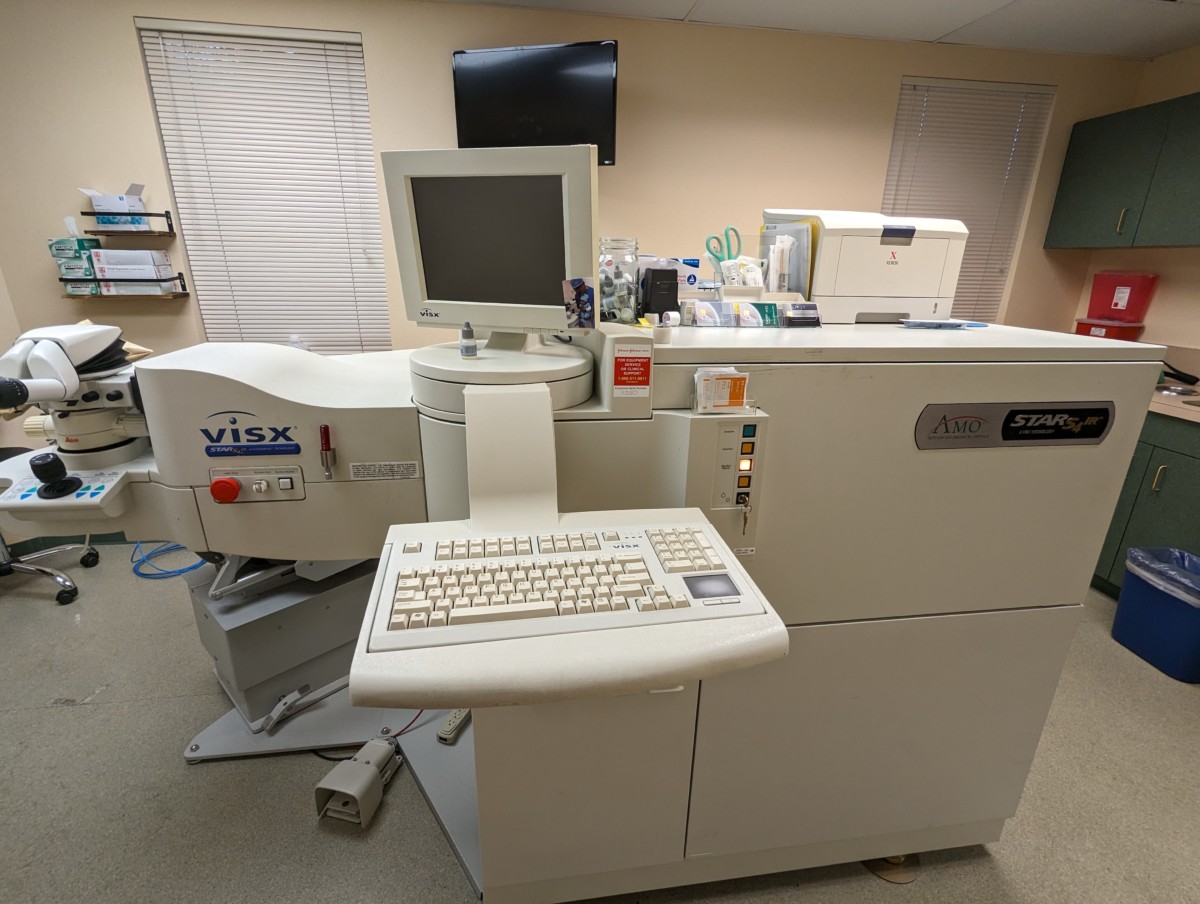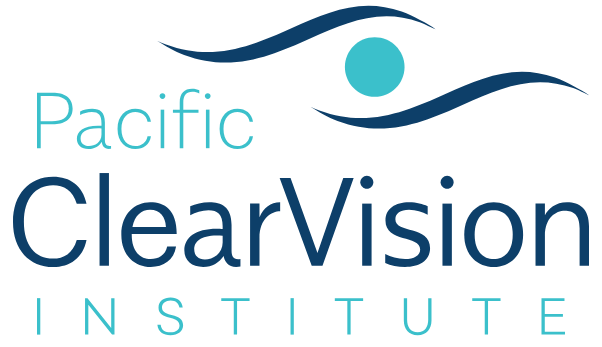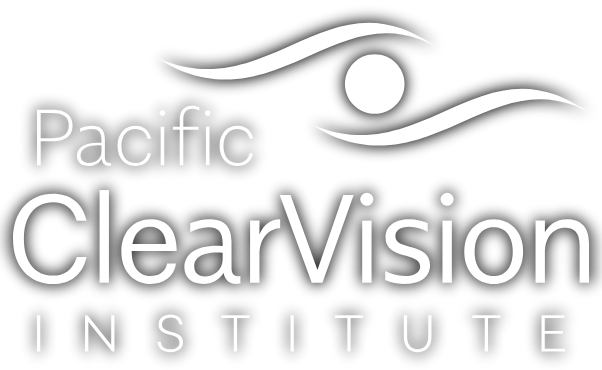
Intacs and Corneal Collagen Crosslinking At PCVI

Intacs and Corneal Collagen Crosslinking (CXL)
The combination procedure of Intacs and Corneal Collagen Crosslinking (CXL) is a significant advancement in the treatment of corneal ectatic disorders, such as keratoconus. At Pacific ClearVision Institute we offer this sophisticated approach to patients seeking to improve their vision and stabilize the structural integrity of their corneas. This treatment strategy addresses both the irregular shape of the cornea and its underlying weakness, aiming for enhanced visual acuity and long-term corneal health.
Intacs, or intrastromal corneal ring segments, are small, crescent-shaped devices made of biocompatible plastic. During the Intacs procedure, a highly precise femtosecond laser is typically used to create channels within the corneal stroma, the middle layer of the cornea. These segments are then carefully inserted into these channels in the periphery of the cornea. The primary mechanism of Intacs involves reshaping the cornea by flattening the central cone characteristic of keratoconus. This alteration in corneal curvature can lead to a reduction in nearsightedness and irregular astigmatism, thereby improving uncorrected and best-corrected visual acuity. Importantly, the Intacs procedure is reversible, as the segments can be removed if necessary.
Read More
Corneal Collagen Crosslinking (CXL) is a distinct procedure designed to strengthen the cornea. It involves the application of a riboflavin (vitamin B2) solution to the cornea, followed by controlled exposure to ultraviolet (UV) light. This process induces the formation of new collagen crosslinks within the corneal stroma. These crosslinks act as natural “anchors,” increasing the density and rigidity of the corneal tissue. The primary goal of CXL is to halt or slow the progression of corneal ectasia, preventing further thinning and distortion of the cornea.
The combined Intacs/CXL approach offers a synergistic effect in managing keratoconus and other corneal ectasias. Intacs provide immediate improvement in corneal shape and visual function, while CXL addresses the underlying structural weakness of the cornea, aiming to prevent further disease progression. Typically, the Intacs procedure is performed first, allowing for the immediate reshaping of the cornea. Subsequently, the CXL procedure is carried out to stabilize the cornea in its new, more regular form. The order and timing of these procedures are carefully determined by the ophthalmologists at Pacific ClearVision Institute based on a comprehensive evaluation of the individual patient’s condition.
Patients undergoing Intacs/CXL at Pacific ClearVision Institute in Eugene, Oregon, can expect a thorough pre-operative assessment, including detailed corneal topography and biomechanical measurements. The procedures are typically performed on an outpatient basis. Post-operative care involves regular follow-up appointments to monitor healing and visual outcomes. While individual results can vary, the combined Intacs/CXL procedure offers many patients with corneal ectasia a valuable option to improve their vision, enhance their quality of life, and potentially delay or avoid the need for more invasive surgical interventions such as corneal transplantation.


